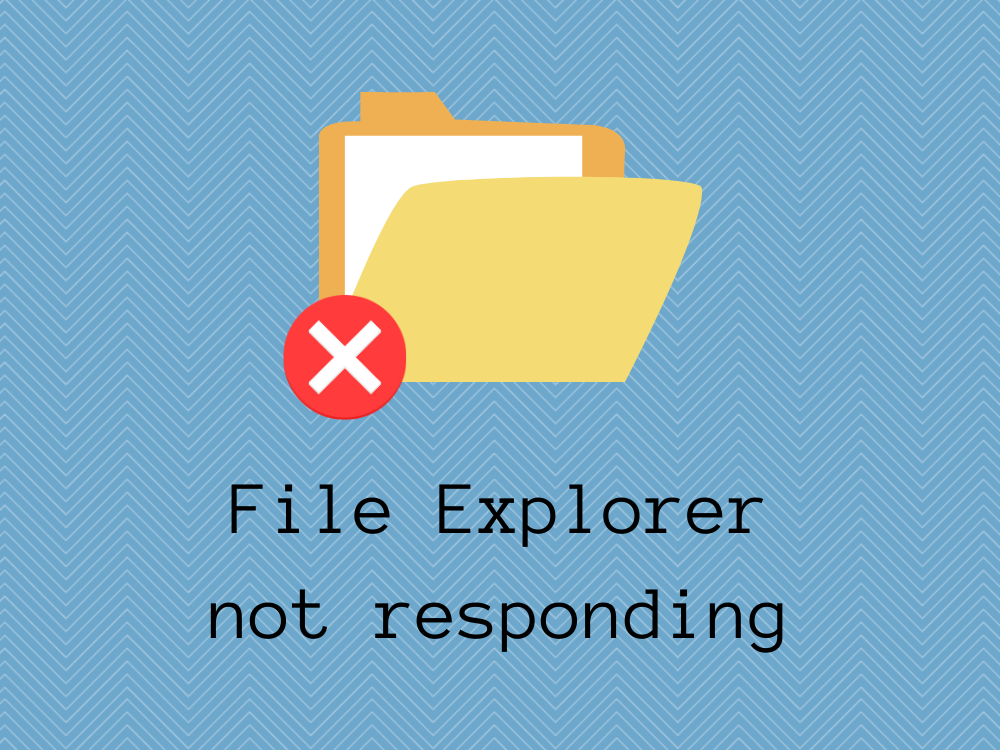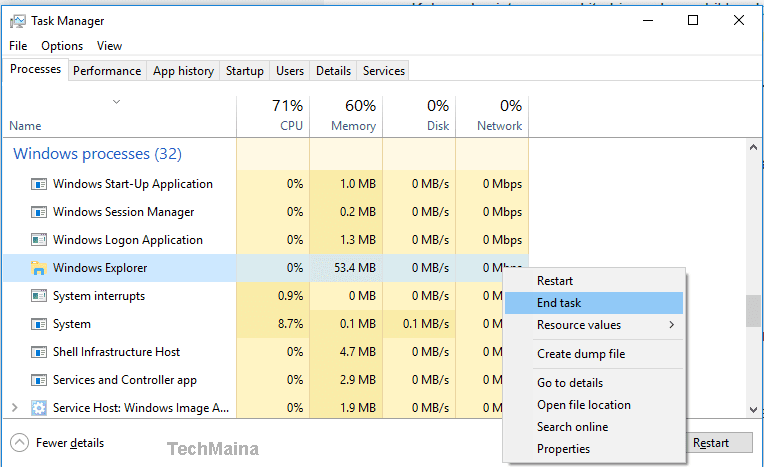

If you lose your Taskbar in the process, and that happens frequently, press the Windows key on your keyboard. If there's an option to Restart, select that instead, although ending the task will also restart the process. Go to the Processes tab and find either Explorer or Windows Explorer. Press CTRL+ALT+Delete and select Task Manager. Windows 10 users can try this as well if Step 1 failed.


Names and actions are slightly different depending on your operating system. If you're running anything older than version 1903, including Windows XP, 7, or 8.1, you can restart Explorer.exe or Windows Explorer. Wait a few seconds for the service to automatically restart. Locate the Start process, right-click, and select End Task. Right-click on the Taskbar and select Task Manager. Also, other software or hardware problems could be involved, so a restart saves you further diagnostics.īeginning with Windows 10 build 1903, there is now a new service called StartMenuExperienceHost.exe giving you two possible options when your Start Menu freezes. Always a good idea, especially if it's been a while since your last reboot. If you don't want to play around with Task Manager and Services, here's an easier way restart your computer. So I disabled the context menu from the software itself (most software has the options to disable right click context menu) for all 3 software. TIP: Hard to fix Windows Problems? Repair/Restore Missing Windows OS Files Damaged by Malware with a few clicksĪ simple way to solve this problem is to restart the Explorer or Start processes. The only extra context menu I see when I right click on a file or folder is PowerArchiver, RightLoad, NotePad++ and SmartFTP.


 0 kommentar(er)
0 kommentar(er)
